BogjeDoen HardwareTable of ContentsPast, Present, and Future ProjectsThere have been several attempts to revive the Amiga hardware with modern technology. In addition to the AmigaNG hardware, several projects attempt(ed), with more or less success, to provide modern Amiga hardware. Alastair M. Robinson, over in the FPGA Arcade Slack workspace, created and shared on 20/12/10 a nice family tree of the Minimig, which includes the Replay 1 and shows the relations among several boards and initiatives.
FPGA Arcade Replay 1Amedia Computer sells the FPGA Arcade Replay 1 in a ready-for-use configuration that includes an Antec Vesa 110 Mini ITX case with a SDHC-Card 8GB, an ATX adapter, and a proper backpanel. They can also include the Workbench 3.1 electronic licence as well as the original Kickstart 3.1 file. With this configuration, it is only a matter of plugging the board into a 15kHz monitor and playing!
Preparing the SD Card and the FPGA ArcadeA FPGA Arcade is built around a Replay 1 board (Reaply 2 on its way!). The Replay 1 board contains two main chips: an ARM and a 1.6M Gate Xilinx FPGA. The ARM actually starts first and takes care of setting up the FPGA using files on the SD card. Thus, updating a FPGA Arcade means updating the ARM firmware in flash memory and updating the core(s) stored in files on the SD card. The SD card must be formatted using the FAT32 filesystem. Then, it should contain a replay.ini file and a loader that will be read/run by the FPGA Arcade when booting. (Although it is possible to start directly into the Amiga, see later). The loader is available on the FPGA Arcade Web site. There are several posts with various versions Now, put the SD Card into the FPGA Arcade and switch it on. The loader will start and show a control menu (OSD) over a nice background image. From this menu, select a target, which will be one of the INI file available in the folder rAppUpdater of the firmware. Choose the INI file depending on your system (PAL vs. NTSC, 30 vs. 60 fps). After following the instruction (don't loose electrical power during the update!), the latest firmware is now running your FGPA Arcade
Choosing, Installing, and Setting the Amiga CoresThe Amiga cores seem to be only availble in https://github.com/FPGAArcade/replay_release/tree/master/amiga although other cores are available in https://build.fpgaarcade.com/releases/cores/R1/. At the moment, there are three Amiga cores available:
Choose the Amiga AGA core, download it, and install it in its own folder on the SD Card. Modify the replay.ini to match your setup (TV model, etc.)
Configuring the FPGA Arcade for the DisplayI have a RCA 50" 4K Roku Smart TV model RTRU5028. I had to make several tests to find the best setttings to run my Amiga, both Workbench and games, on this TV. I connected the FPGA Arcade to the TV both using HDMI (via a DVI-to-HDMI adapter) and Composite. (There is no S-Video input in the TV). It is important to distinguish the Loader from the chosen Amiga target: the Loader displays perfectly via HDMI and quite well via Composite. However, the Amiga target amiga_aga version 2019 doesn't display well via HDMI (see the first row in the table below) but well via Composite. Yet, I was missing the bottom part of the screen (see the first column in the table below) because I had configure the target to use NTSC rather than PAL. After changing the replay.ini file to use PAL, everything was fine... Thank you MikeJ and Gandalf!...
... but for the Workbench, which would appear "twice" in a very poor quality of image (see table below), because I was using the DBLPAL monitor than the usual PAL high resolution. After chaning the screenmode to use the PAL monitor, everything was finally great!
Now, I still needed to differentiate games from the Workbench: while the Workbench can use the Replay RTG driver and displays perfectly in high resolution, it is not so at all for games, which would not display through the DVI output, only through the Composite output. Moreover, while the Composite output could include sounds, playing music in AmigaAmp in the Workbench required external speakers. The solution for me, while the cores are being improved
The last three changes:Tygre - 2022-03-03 02:28:12 pm | Tygre - 2022-03-03 02:24:49 pm | Tygre - 2022-03-03 01:25:46 pm | ||||||||||||||||||||||||||||||||||||||||||||||||||||||||||||||||||||||||||||||||||||||||||||||||||||||||||||||||||||||||||||||||||||||



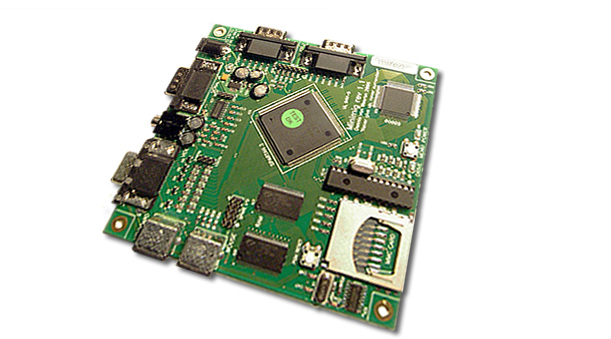

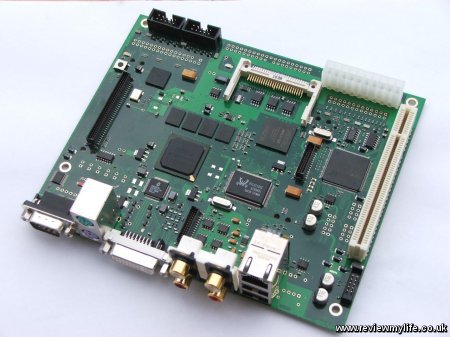


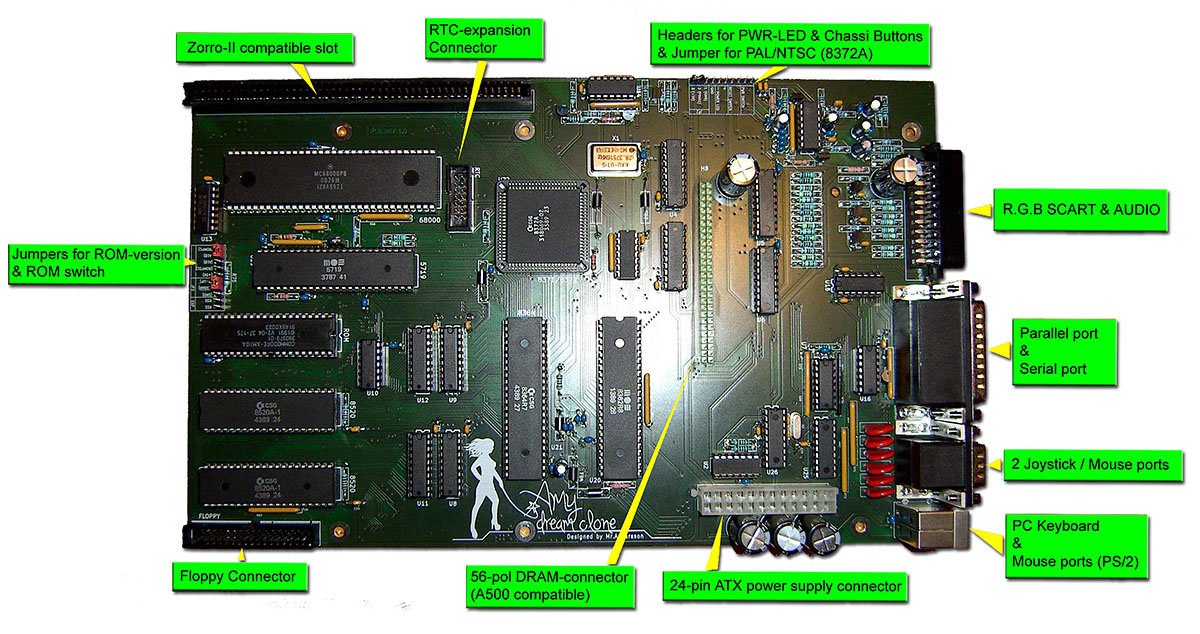
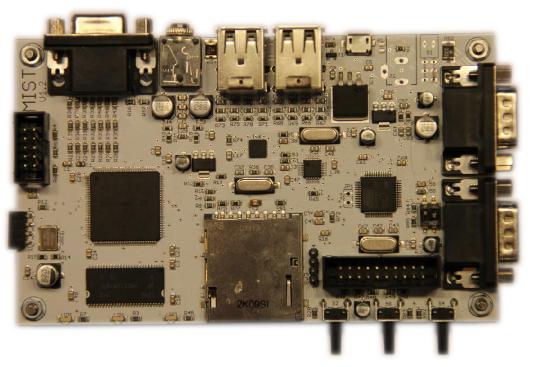


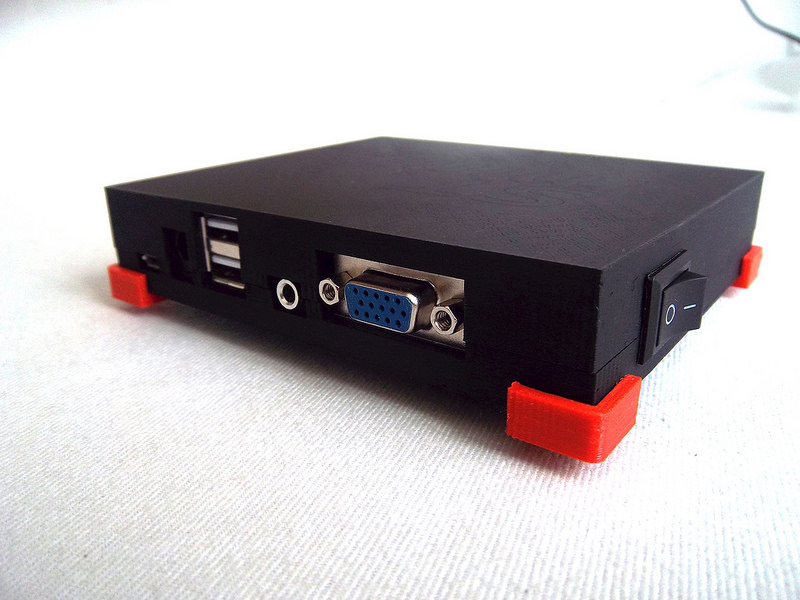

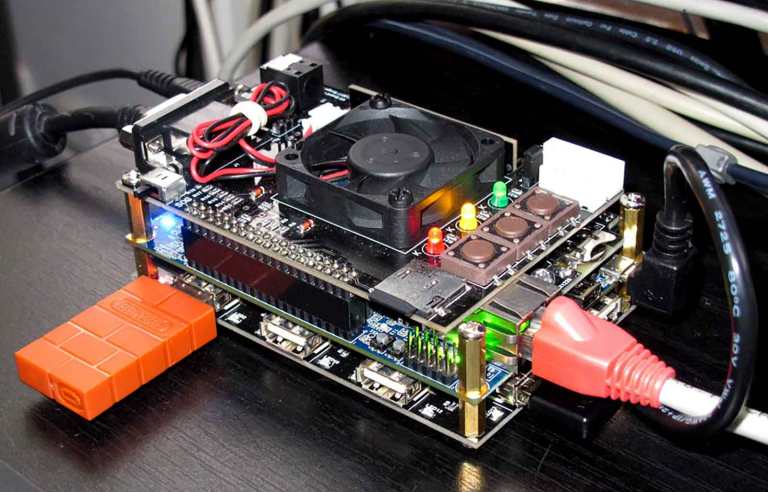


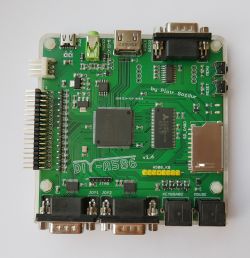





 and the latest is hard to find but seems to be in
and the latest is hard to find but seems to be in  .
.





 , is to use a video converter from
, is to use a video converter from 



